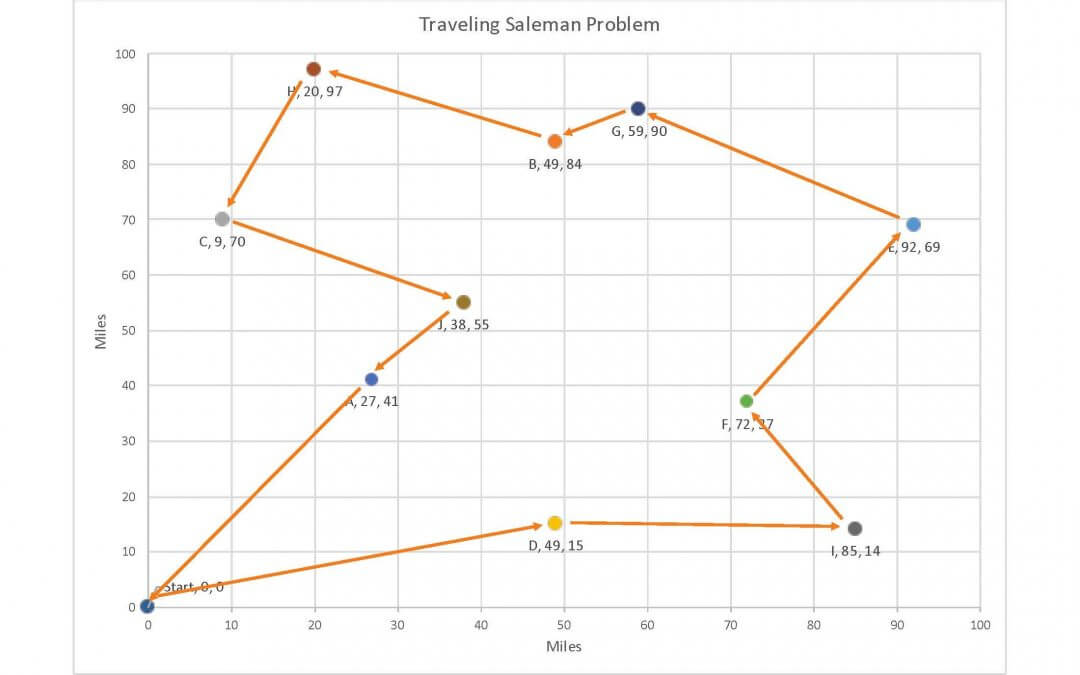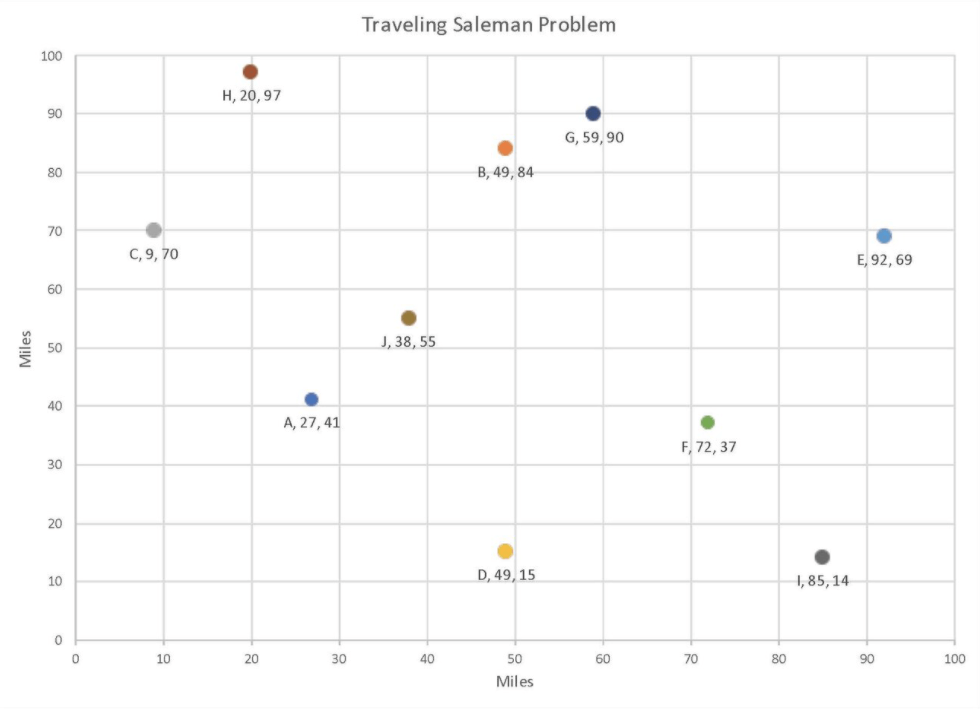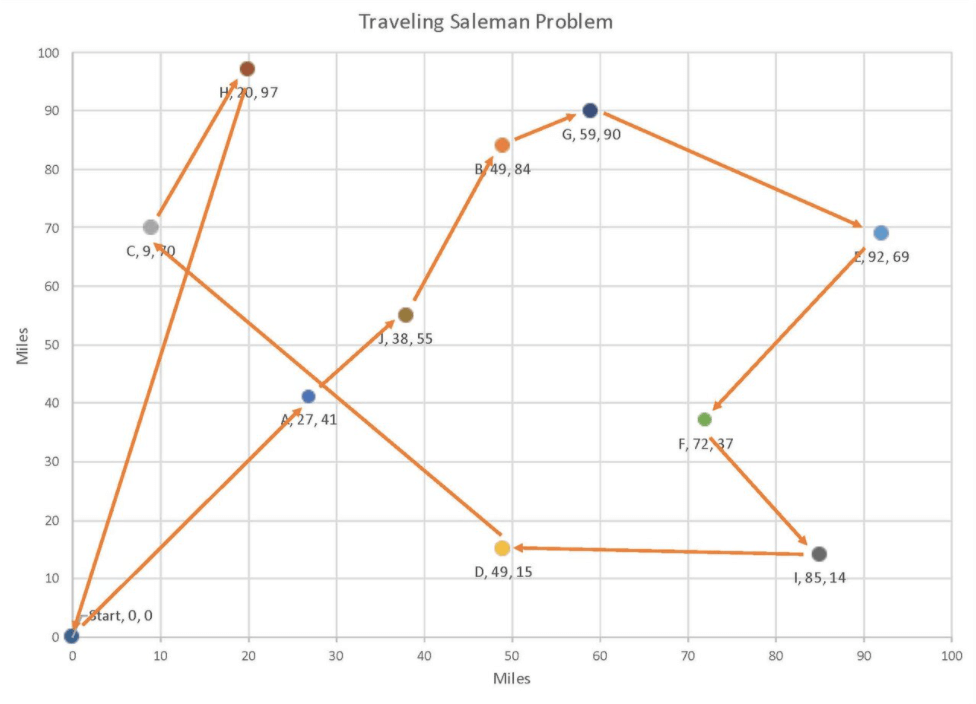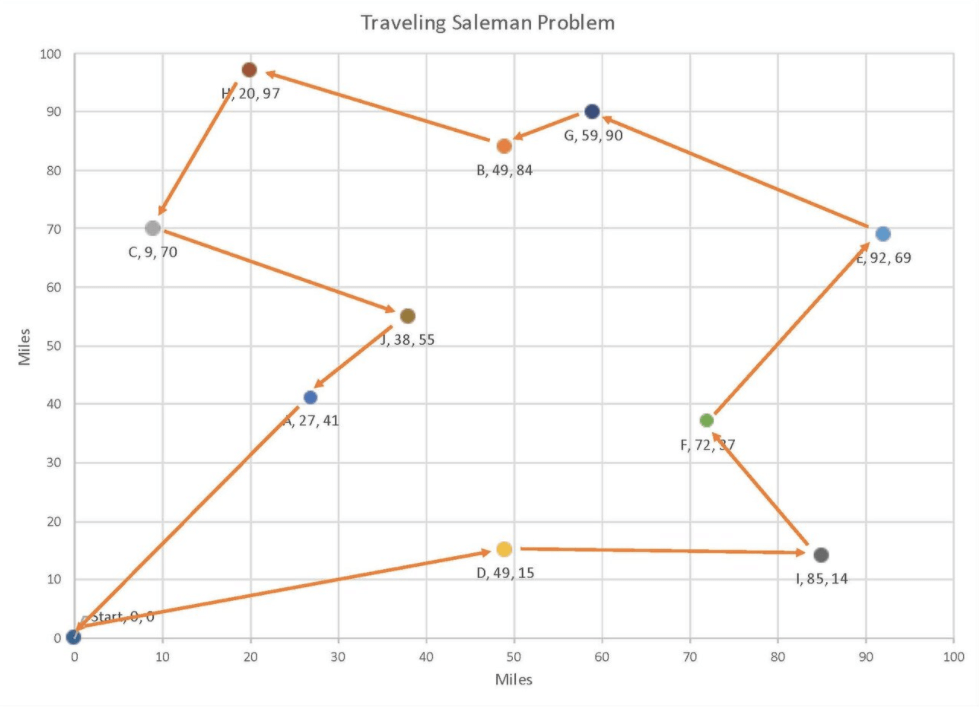Discover the importance of organizational alignment and agility in this blog post. Learn how establishing a strong CORE and building a strategy around it can lead to sustainable growth and success. Find out how alignment and agility empower your organization to thrive in an ever-changing business landscape.

Are you killing your firm’s WFH productivity?
WFH during COVID did result in the falling of productivity that many feared. Surveys showed that productivity remained the same and, in some cases, increased. However, a new study of more than 10,000 employees at an Asian technology company from April 2019 to August 2020 provides a different picture. Using software installed on employees’ computers that tracked what the employee was doing, the research confirmed that the employees worked hard. Total hours worked were 30% higher than pre-COVID, including an 18% increase in working outside regular hours. But this additional effort failed to translate into an increase in output.
This research confirms early survey evidence where both employers and employees felt they were producing as much as before. However, the correct measure of productivity is output per working hour, not hours worked. Using this measure of productivity, productivity fell by 20%.
The research further analyzed the time the employees spent in:
- “collaboration hours,” time spent in various types of meetings, and
- “focus hours,” time where they could concentrate on their tasks and weren’t interrupted, even by email.
The data showed that despite working additional hours, the employees had less focus time than before the pandemic as meetings consumed the extra time. The study supports Bartleby’s law which states that “80% of the time of 80% of the people in meetings is wasted.”
Why were there so many meetings?
- Managers can check on their team’s performance as they are less sure of the team’s commitment.
- Managers call many to validate their existence when they are not in the office.
- The increased difficulty of co-ordinating employees who are working remotely.
The latter suggests that WFM is inefficient, not to mention that remote employees also spend less time being evaluated, trained, and coached.
So, while workers saved commuting time, they didn’t hourly pay fell. However, WFH did not impact all employees similarly.
- Those who the longest tenure with the company were the most productive, suggesting they could use well-formed relationships to work more effectively. Simon Sinek explained this in a recent video.
- Employees with children worked around 20 minutes a day more than those without, implying an even more significant fall in their productivity, presumably because they were distracted by child-care duties.
The researchers point out that the firm’s staff are nearly all college-educated whose roles “involve significant cognitive work, developing new software or hardware applications or solutions, collaborating with teams of professionals, working with clients, and engaging in innovation and continuous improvement.” The impact on other types of employees could be very different.
WFH expectedly resulted in teething and coordination problems as it was imposed suddenly. However, since the study stopped last August, there is a question of whether employee productivity has increased since. Most important from the research is that employees achieved the same output with slightly less ‘focus time’ than at the office. The real culprit of inefficiency was the time spent in meetings.
Conclusion
So, to increase your firm’s productivity, don’t have as many meetings and keep them short. Ensure that the behaviors you accept and expect as part of your firm’s culture are not encouraging non-productive meetings. Also, with a move for more WFH, start building behaviors that will encourage meeting efficiency. Finally, there are a number of ways to improve meeting productivity as I mentioned in Not Another **** Meeting.
Recent Posts
Align and Thrive: The Importance of Organizational Alignment and Agility
How to Achieve Smart Time Management: 10 Tips for Busy Professionals
When you are a busy professional running your own business, it can often feel like there aren’t enough hours in the day to accomplish everything. Being strategic with your time is the best (and possibly the only) way to achieve all of your daily tasks. If you are...
5 Strategic Leadership Skills Every Manager Needs
So often, people view leadership as a talent: you’re either born with this quality or you’re not. However, this is not always the case! In reality, good leadership is made up of skills, and anyone can learn how to improve. Some people may pick up leadership attributes...
How the Sellability Score is Calculated: The Ultimate Guide
Do you have questions about how to calculate your business’s sellability score? Whether you’re looking to sell your business in the near future or years from now, understanding your sellability score will help you thrive. The sellability score identifies the...
The Top 5 Benefits of the Entrepreneurial Operating System
As an entrepreneur running your own business, you know there are bumps in the road and struggles that both you and your business will face over time. However, with the right people and tools at your disposal, you can anticipate what’s coming, plan for it, and continue...
5 Ways to Use Email Automation to Boost Traffic
Every single business in the world wants to evolve and grow. This will happen using a variety of techniques and strategies. In 2022, digital marketing is more than a household name, and most companies will adopt at least a few ideas when long-term planning and coming...
6 Questions To Ask A Potential Business Coach Before Hiring Them
Many entrepreneurs consider executive business coaching when they start struggling on their professional path. A small business coach is an experienced professional mentor who educates, supports, and motivates entrepreneurs. They will listen to your concerns, assess...
3 Ways Proper Long Term Strategic Planning Helps Your Business
Dreams turn into goals when they have a foundation of long-term strategic planning supporting them. They become reality when the ensuing strategic implementation plan is executed properly. With Kaizen Solutions as their strategic planning consultant, small and...
What is a Peer Group, and How Can it Improve Your Career?
If you are a CEO or key executive who has come to a crossroads or crisis in your career, you'll gain valuable insights and solutions from a peer group connection more than anywhere else. But what is a peer group, and how can that statement be made with so much...
Profit and Revenue are Lousy Core Values
As I mentioned last week, I am down with COVID and tired, so spending more time reading rather than working. I read Bill Browder's Freezing Order this weekend, and I highly recommend it. However, at the end of the book, Browder says that oligarchs, autocrats, and...














